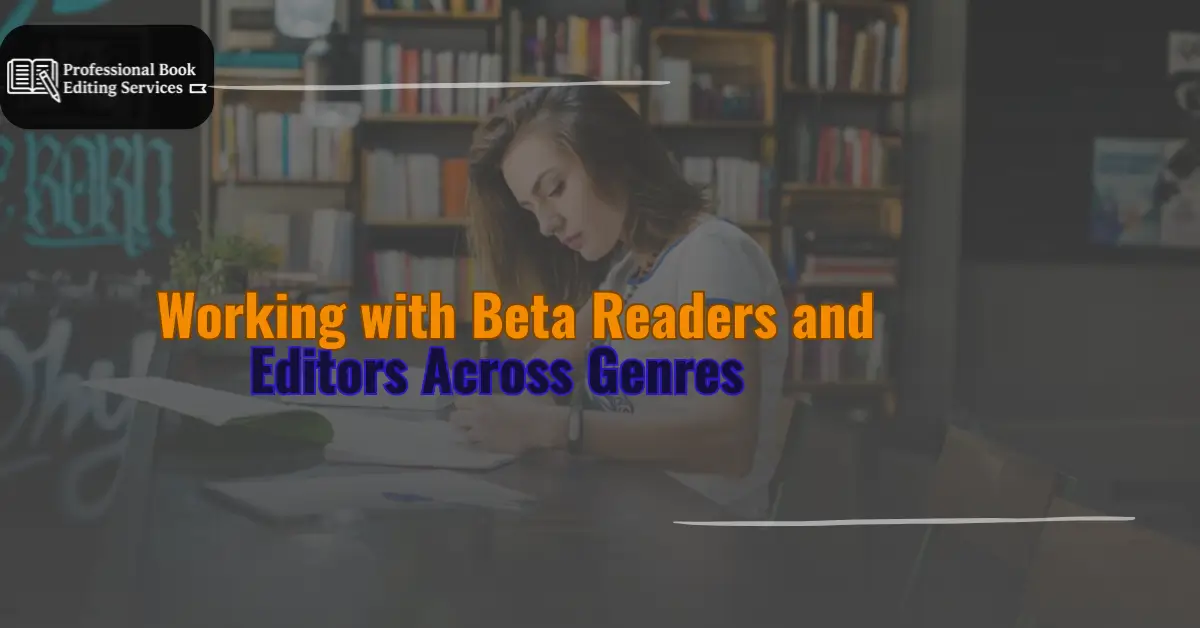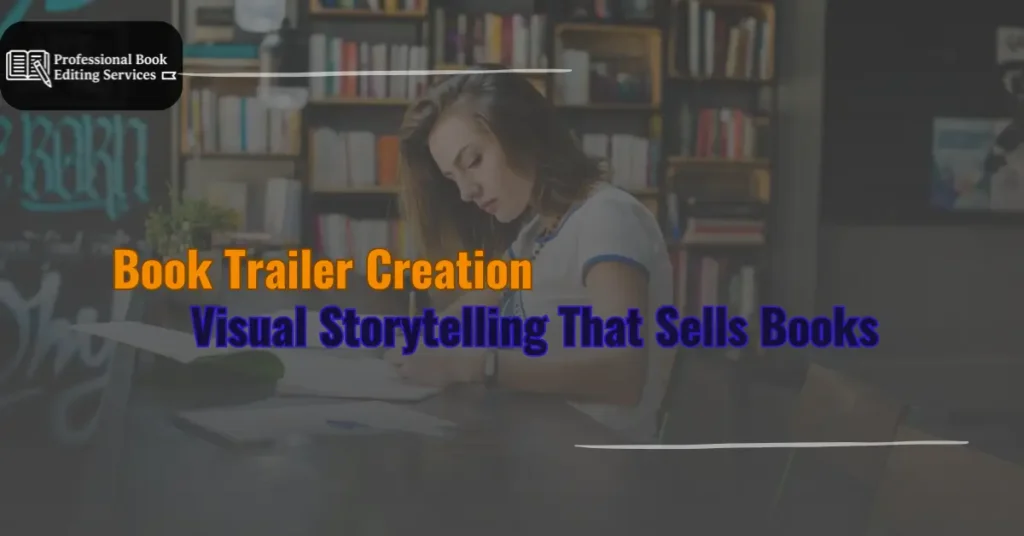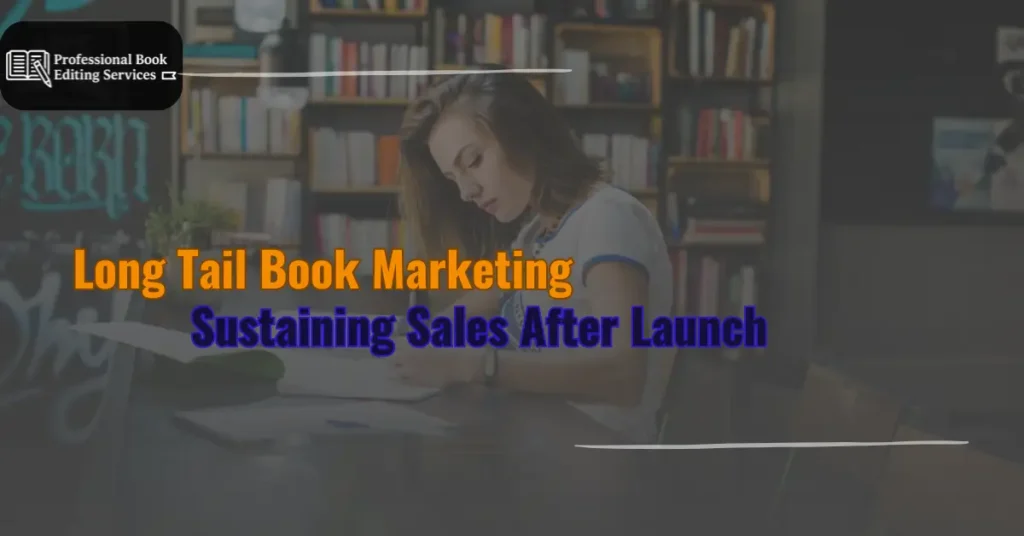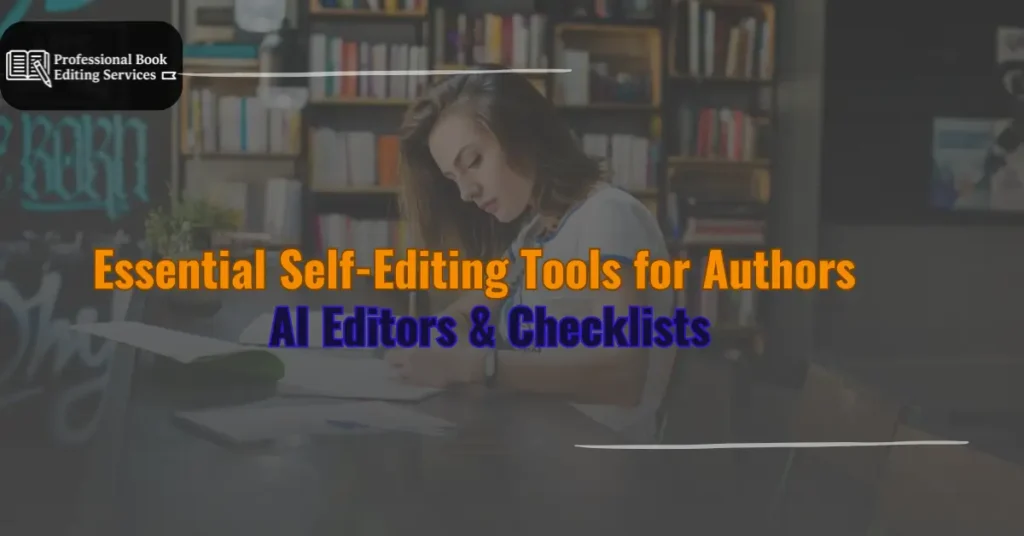Book writing is a personal achievement. But turning that manuscript into a compelling, publishable work requires more than just hitting word count goals. It involves careful feedback, revision, and collaboration with the right people, especially beta readers and editors.
Authors often wonder where to start after finishing a draft. Should they hire a professional editor right away? Or share the manuscript with peers first? The answer depends on where you are in the process, but in most cases, early reader feedback can be a powerful first step. Beta readers give you insight into how your story is received by real readers. Editors then help transform that rough diamond into a market-ready book.
Understanding how this two-part process works, and how it applies across genres, is key to building a book that’s not only polished but impactful.
The Role of Beta Readers: First Impressions That Matter
Beta readers are not editors. They don’t focus on grammar or sentence flow. Instead, they represent your ideal reader. Their job is to read your manuscript and react as an average, engaged reader would. Did the story hook them? Did the characters feel believable? Were there points where their interest dropped or confusion set in?
The strength of beta readers and editors lies in their combined insights. Beta readers help identify big-picture reactions, emotional beats that land, or plot twists that don’t. They also catch things you might miss due to familiarity with your own story.
This early feedback can be especially useful in genre writing. In thriller editing, for example, beta readers can flag pacing issues or weak tension. In romance novel editing, they often highlight whether the chemistry between characters feels authentic. In YA book editing, they can spot whether the voice sounds believable for a teen audience.
Beta readers don’t replace editors, but they prepare you for the editing phase by offering unfiltered reader perspectives.
Choosing the Right Beta Readers
Not all beta readers offer the same value. It’s important to choose people who:
- Read books in your genre.
- Can offer clear, honest feedback.
- Understand they’re reading a draft, not a finished product.
You don’t need dozens. A group of three to five thoughtful readers is often enough. After gathering feedback, look for patterns. If multiple readers point out the same confusion, that’s likely a spot worth revising.
Some authors also use self-editing tools for writers at this stage to clean up obvious issues before sending the manuscript to beta readers. This ensures their focus stays on story elements, not surface errors.
Transitioning to Professional Editing
After incorporating beta reader feedback, the next step is professional editing. Editors go far deeper than readers ever could. They analyze structure, language, pacing, and emotional arcs. They ask hard questions: Is the plot consistent? Are the character motivations clear? Does the manuscript meet the expectations of the genre?
While beta readers offer reactions, editors offer solutions. They don’t just tell you what’s off, they help you fix it.
Understanding how book editing works makes this difference clear. Editors come in various types: developmental editors, line editors, and copy editors, each with specific strengths. Developmental editing focuses on the big picture. Line editing polishes the prose. Copy editing corrects grammar, syntax, and formatting.
For genre fiction, editors also bring market awareness. In fantasy book editing, they check for internal consistency in magic systems. In science fiction editing, they verify technological logic. In historical fiction editing, they catch anachronisms or research gaps. Across all categories, their job is to keep the story strong while aligning with reader expectations.
The Value of Editing Across Genres
Every genre brings its own editing challenges. Editors with experience across genres help navigate these differences:
- In memoir editing, the challenge is preserving voice while organizing life events clearly.
- Poetry editing requires sensitivity to rhythm, imagery, and line breaks.
- Self-help book editing prioritizes clarity, actionable content, and motivational tone.
- Children’s book editing focuses on age-appropriate language and synergy with illustrations.
- In non-fiction editing, accuracy and logical structure are key.
- YA fantasy editing blends teen voice with complex world-building.
- Short story editing balances individual story strength with overall cohesion.
Each type of editing is different, but the goal remains the same: refine the manuscript without losing the author’s intent.
An editor who can shift between these genres brings unique value. They spot blind spots that might go unnoticed and offer versatile solutions.
Building a Workflow: Beta Readers → Self Edits → Editor.
A clear workflow can make the entire revision process smoother.
- Beta Readers: Offer early feedback on story clarity, engagement, and emotional impact.
- Self-Revisions: The author revises based on patterns in beta feedback.
- Self-Editing Tools: Basic grammar and language issues are cleaned up.
- Professional Editor: A thorough, professional pass to strengthen structure, prose, and consistency.
This progression respects the purpose of each stage. It also helps authors get more value from their editor, since early problems have already been addressed.
For example, in YA fantasy editing, beta readers might help identify pacing issues, while editors later fix world-building consistency or awkward exposition. In children’s book editing, early readers (such as parents or teachers) may point out confusing language, while the editor ensures rhyme, rhythm, and formatting meet publishing standards.
How Editors Help Manage Feedback
Sometimes beta feedback can be overwhelming or even conflicting. One reader wants more romance. Another says cut the love story entirely. Editors help authors sort through this noise.
They clarify what feedback should be addressed and what can be safely ignored. Editors act as strategic partners, guiding you toward a version of the book that feels both authentic and publishable.
They also help you avoid over-editing, a common mistake when authors try to please every opinion. Professional editors focus on what strengthens the manuscript rather than chasing every suggestion.
This process often brings clarity in romance novel editing, where emotional pacing matters, and in short story editing, where space is limited and each word counts.
Editors Bring Market Readiness
Beta readers reflect your audience. Editors help you reach it. By tightening structure, correcting inconsistencies, and refining voice, editors prepare your book for publication, whether you’re going traditional or self-publishing.
This is where book editing services prove their value. A well-edited manuscript improves your chances with agents, publishers, or readers, especially in crowded markets.
For self-published authors, editors are even more important. Without the built-in editorial support of a publisher, the entire burden of quality control rests with the writer. Beta readers offer support, but editors bring the tools to meet professional standards.
Conclusion
Beta readers and editors aren’t interchangeable. Each serves a distinct role in bringing a book to life. Beta readers give you raw, honest impressions that help guide your first round of revisions. Editors take the manuscript further, refining structure, tone, and clarity to ensure it resonates with your intended audience.
Together, they offer a powerful system for improvement. Authors who use both benefit from sharper manuscripts, clearer narratives, and stronger connections with readers.
Whether you’re working on a YA book editing, a fantasy book editing, or tackling a deeply personal memoir, the right feedback at the right time can shape your draft into a publishable, professional work.





